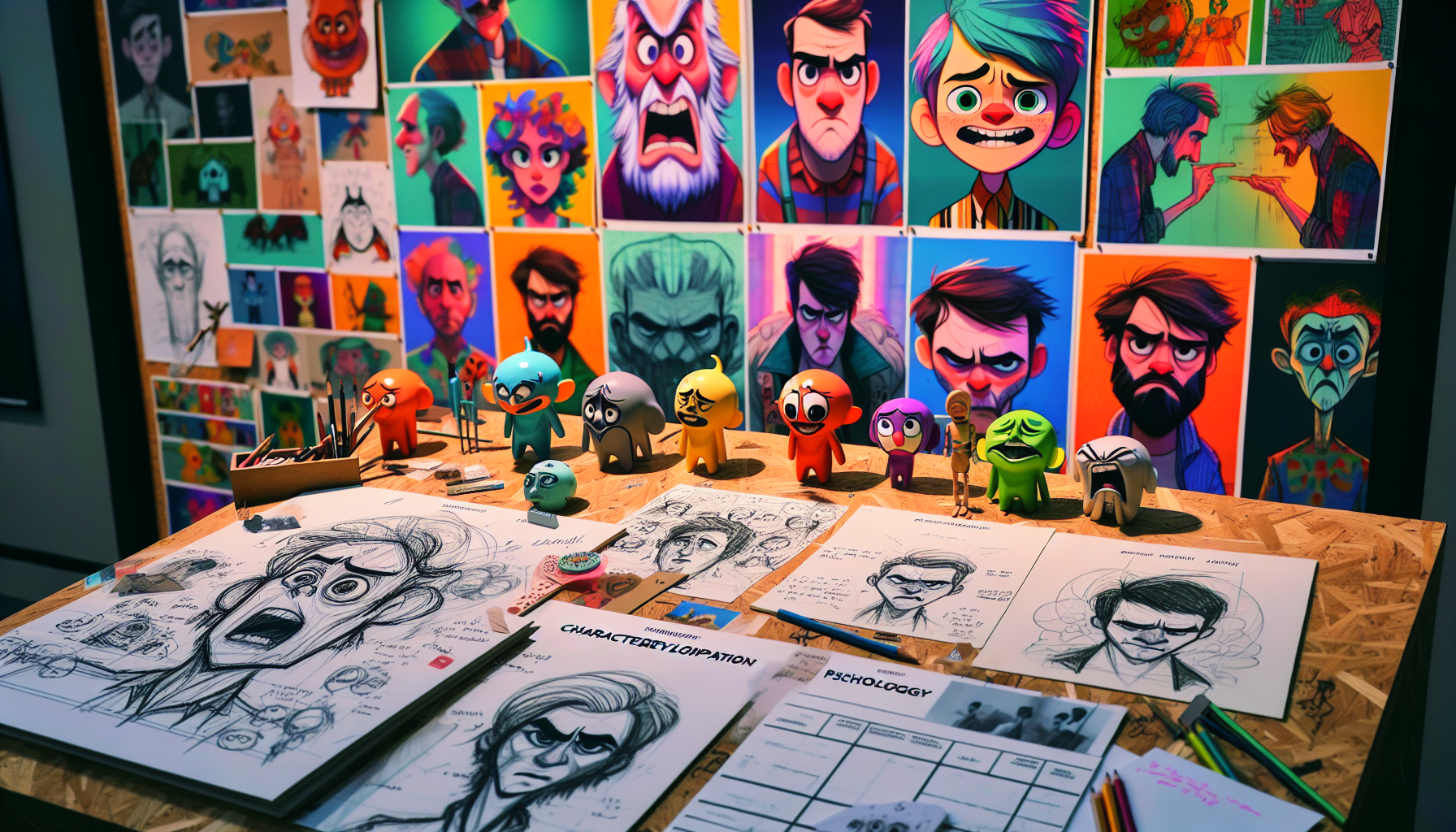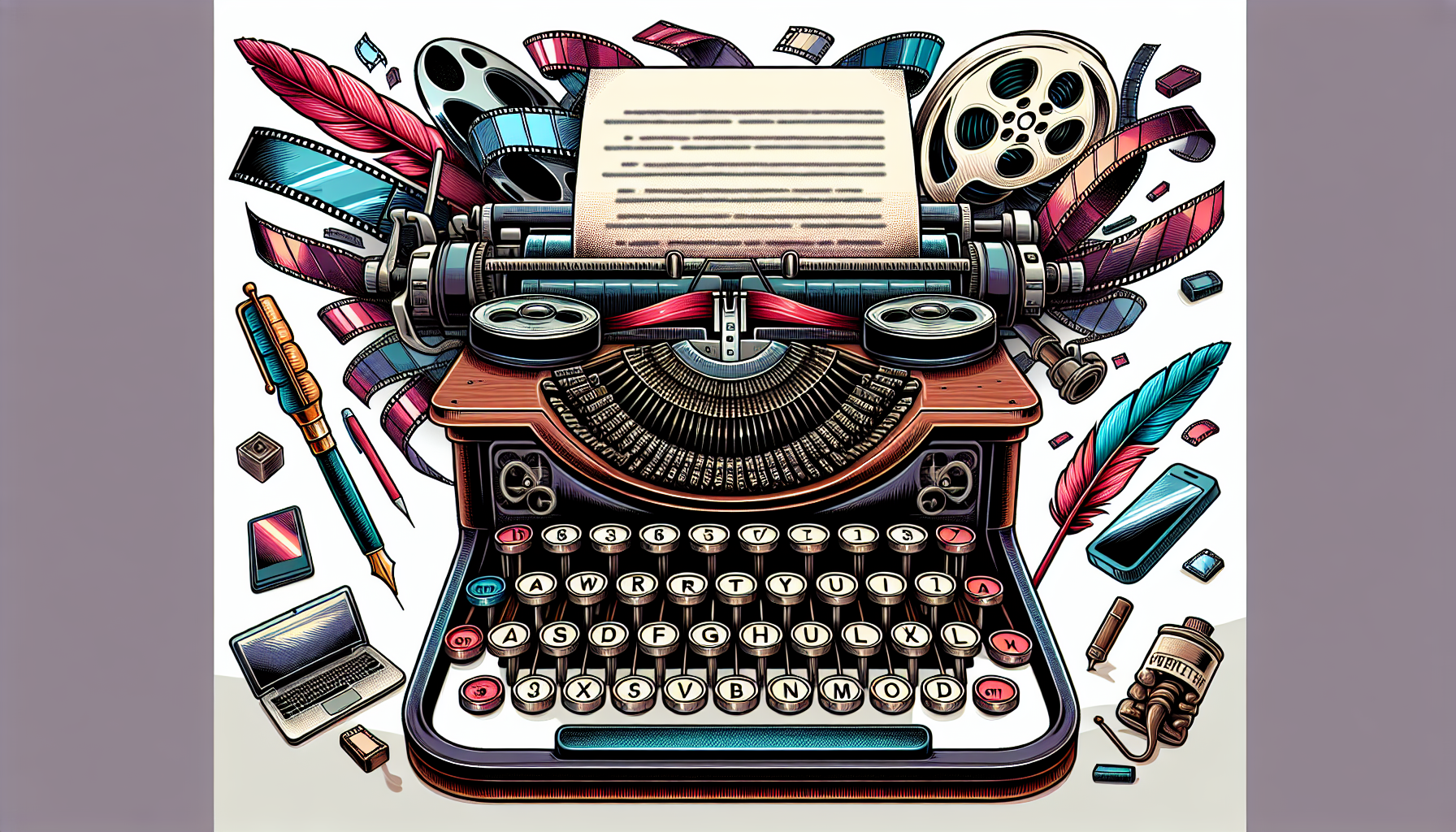
Bringing Pixels to Life: A Guide to Crafting Unforgettable Animated Characters
Once upon a time, in a magical world where pencils ruled kingdoms and colors splashed like rain, creating an animated character was as easy as drawing a circle and making it bounce. Fast forward to today, where animation isn’t just about getting circles to bounce—it’s about making them come alive, argue about existential crises, and maybe, just maybe, steal a pizza slice because it’s been a tough day at the hypothetical office.
So let’s dive into the brain of that little bouncing circle and figure out what makes a character not just memorable, but downright unforgettable.
Personality: More Layers Than a Seven-Layer Cake
First off, personality isn’t just a sprinkle on top; it’s the main ingredient. Think of animation’s most beloved characters: is it their looks that make them endure in our minds, or is it the way they make us laugh, cry, and yell at our screens in exasperation? If your character were a guest at a party, what kind of conversations would they be having? Are they the brooding type in the corner brooding over existential dread, or the life of the party whose karaoke could summon both angels and law enforcement?
Start with the basics: what does your character fear? Love? Despise? What are their quirks? Maybe they can’t start their day without sixteen cups of coffee or they twitch every time they hear the word ‘moist’. These details might seem small, but they’re the nuts and bolts that hold the grand architecture of ‘relatability’ together. After all, who hasn’t had a neurotic moment or twelve?
Relatability: It’s Okay to Eat Spaghetti With a Fork
Now, let’s sprinkle in some good old fashioned relatability. Why should viewers care about your animated marvel? Because, just like them, your characters have dreams, failures, awkward moments, and maybe a secret love for 80s disco. Relatability is the bridge between your character and your audience. It allows viewers to see a part of themselves in your character, whether it’s through shared struggles, joys, or that mutual dislike of Mondays.
Also, don’t shy away from flaws. Perfect characters are like unseasoned vegetables; they might fulfill some basic needs, but they won’t excite anyone. Give your characters challenges that are universal yet personal, something as simple as learning to trust or as complex as overcoming a fear of clowns (thanks a lot, Stephen King).
The Power of Growth: Arcs Not Just for Storybooks
Every character needs a good, solid arc like every good pizza needs cheese—deep-rooted, satisfying, and downright essential. A character’s arc represents their personal and emotional growth throughout the story. This could be learning to overcome their fears, achieving a dream, or maybe just learning how to dance without resembling a malfunctioning robot.
Characters that grow and change resonate with us because, surprise surprise, we grow and change too (shocking, no?). Watching someone overcome their imperfections and striving to be better can inspire people to get off their couches, look solemnly into the distance, and maybe, just possibly, start rooting for them with the kind of passion usually reserved for sports or debating the best pizza topping (it’s pineapple, debate away).
Dialogue and Interaction: It’s Not What You Say, But How You Say It
Lastly, don’t forget the power of a good chit-chat. Dialogue can make or break your characters. It’s not just what they say; it’s how they say it. Does your character mumble? Whisper? Shout from the rooftops? Dialogue is the soundtrack of your character’s personality; it’s how thoughts and feelings become audible. And remember, interaction with other characters can highlight aspects of their personality that were previously dormant—like hidden musical talents or an unexpected prowess in martial arts.
So, there you have it, a sketchbook of ideas to breathe life into your animated characters. Remember, crafting unforgettable characters is an art, and like any good art, it takes patience, effort, and perhaps a bit of madness. But the results, oh the results—like finally seeing that circle not just bounce, but fly, is completely and utterly worth it.






